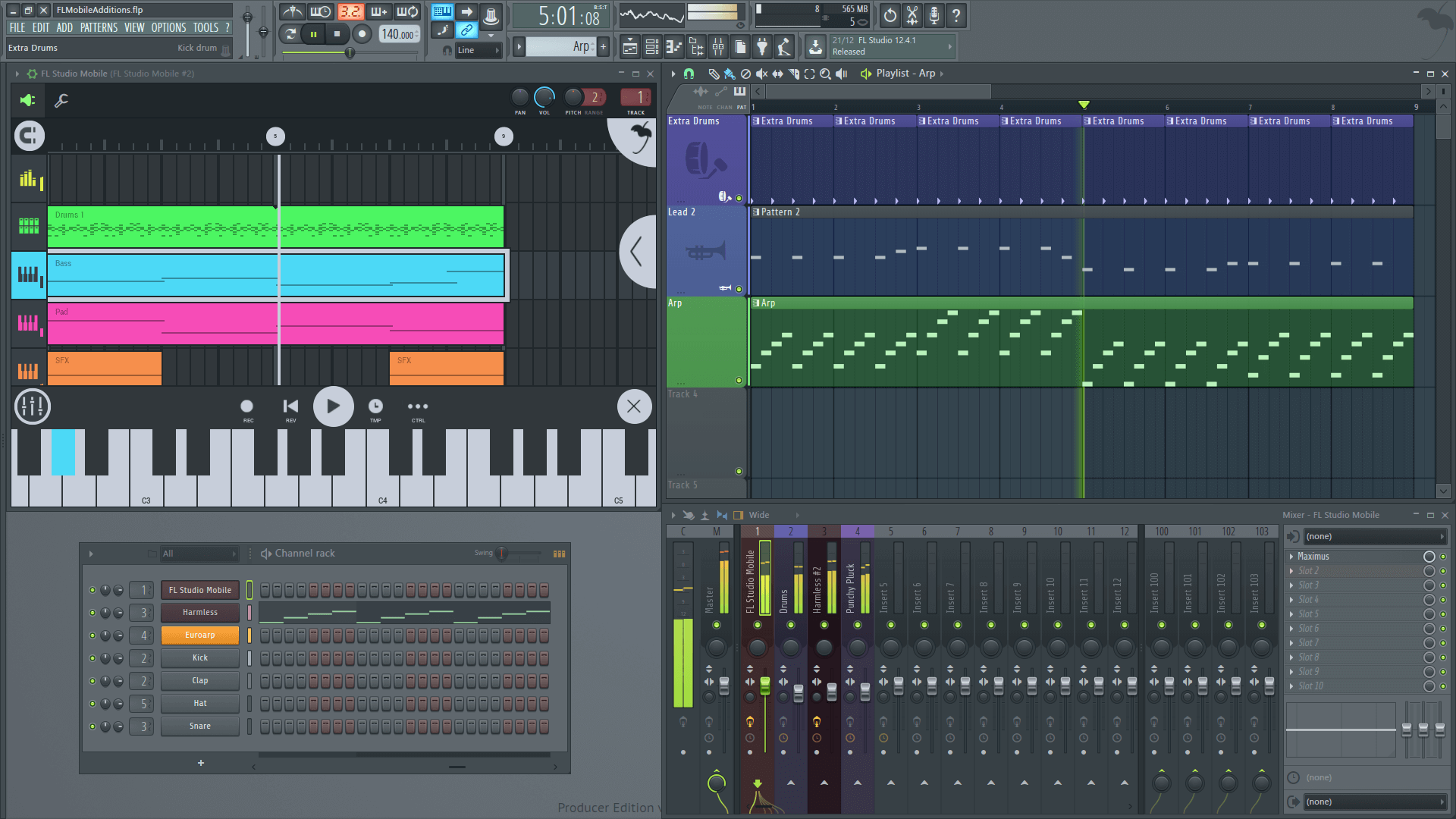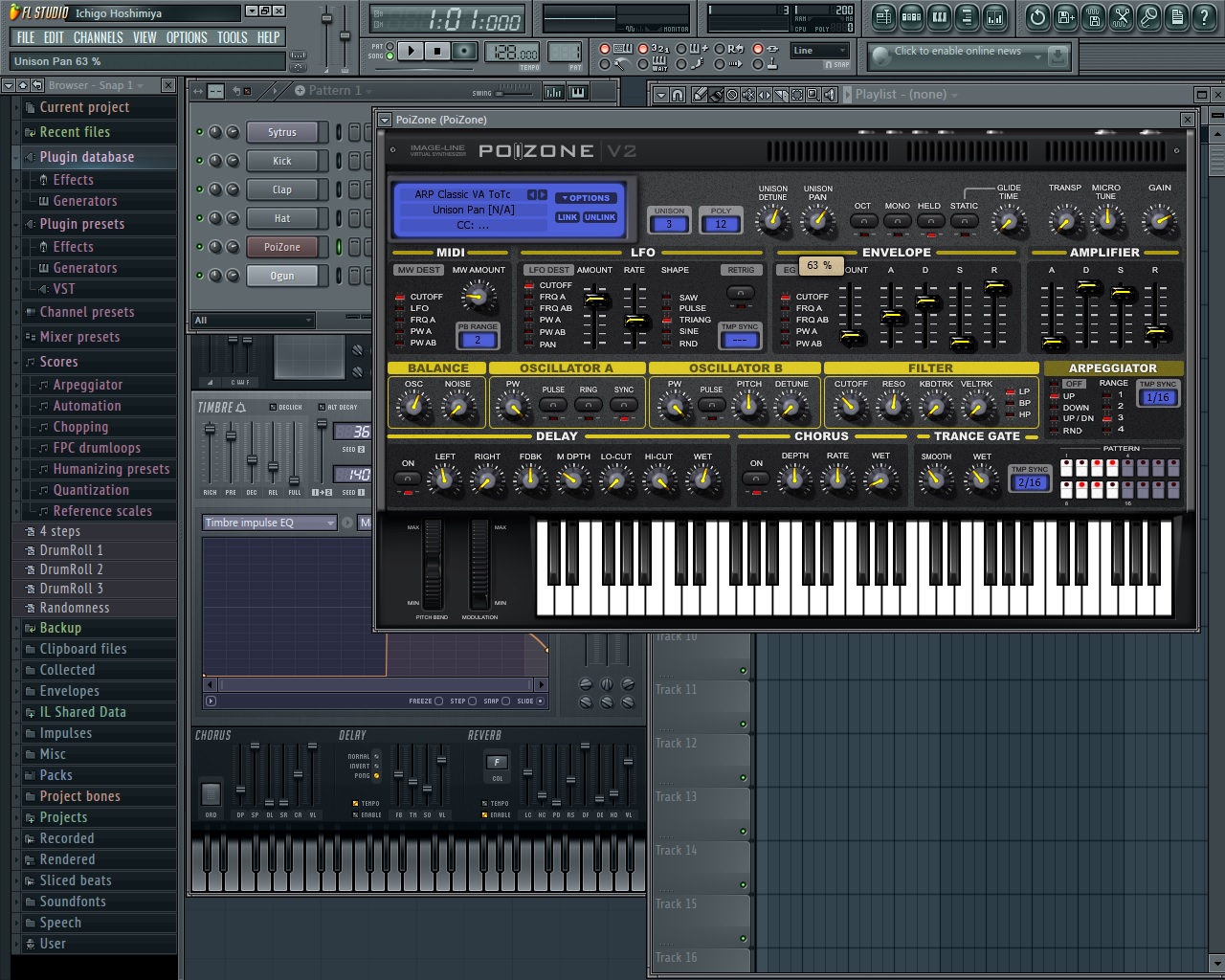

Imagine that same scenario, except the compressor kicks in when a different track exceeds its threshold volume. You know how when you use a compressor, the compressor only kicks in when the audio on the track you've added it to exceeds the compressor's threshold level in volume? Let's state that in another way with an example just to make sure we're being clear. The difference is that, instead of that specific track being the trigger for the effect, you're assigning a different track to be the trigger. Sidechaining works exactly like most signal processing effects in that it effects the audio track to which you've applied it. It's just a matter of knowing about it first. You just don't know about it yet, but we're here to cure that problem and explain exactly and completely everything you need to know about sidechaining. Luckily for you, there is another trick up your sleeve. No matter how much panning you use, the guitar and keyboard are making the vocals harder to make out clearly. The kick and bass are still getting in each other's way. You know the ins and outs of equalization, compression, using effects on auxiliary sends, using group buses, etc.īut still, once you sit back to check your mix on a couple of sets of speaker monitors and even your nice headphones, things just aren't right.

If you're a music producer of any kind then you've tried your hand at mixing.


 0 kommentar(er)
0 kommentar(er)
